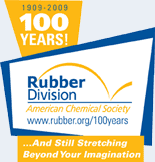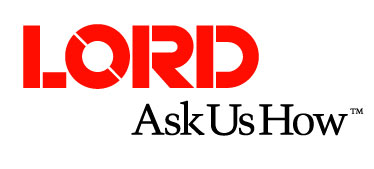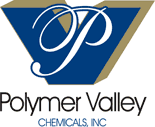![[ Visit ACS Rubber Website ]](images/logo.jpg) |
|
Centennial Elite SponsorsBecome a Centennial Elite Sponsor |
76 Rubber products optimization via laboratory compound characterization and computer design/process simulation for the medical fieldWednesday, October 14, 2009: 8:30 AM
328 (David L. Lawrence Convention Center )
Single example products such as molds, dies, or tools, or production-run goods such as rubber diaphragm for medical use, are often developed through “trial-and-error”: an expensive "hit-and-miss" random journey that some call "Research and Development"!
In this pricey and scatter-gun approach, prototypes are manufactured for testing, results of which are then used to alter materials or designs, as new prototypes are further tested, again and again, until a satisfactory outcome is reached. This physically iterative approach to product development delays any entry to market, yet, of not optimal ideas. Additionally and most importantly, any evaluation after prototyping adds painful and unacceptable costs to program budgets. In the end, a somewhat limited use of Computer-aided Manufacturing and Engineering (CAM and CAE) based on Finite Element Analysis (FEA) gives rise to margin-crushing inefficiencies, wasted physical materials, lost time, expensive energy inputs, missed market opportunities, while dangerously constraining design creativity. Modern product development standards integrate materials and computer-based technologies. A rubber product concept for medical use can very well be evaluated on the screen prior to any tooling, and material, design, assembly, functionality, and processing can all be altered at will, until an optimal solution is achieved. This "virtual" approach allows generation of rich, detailed, and revealing behaviors of complex materials such as rubbers. Besides, laboratory work ought to go far beyond simple "pass-or-fail" gauging onto validating numerical predictions. This paper reviews the four ingredients to modern product development for medical use: 1/ rubber selection/compounding and characterization, 2/ definition of design parameters, 3/ product and process simulation and optimization, and 4/ tooling, prototyping, and validation testing. The paper also presents a diaphram for medical devise WIDL helped develop on behalf of a customer in the medical field. |









